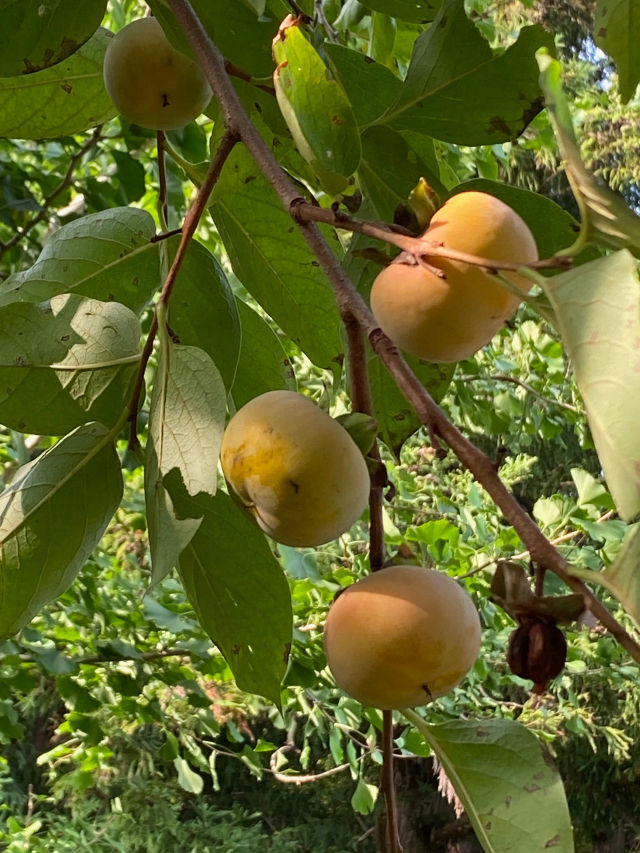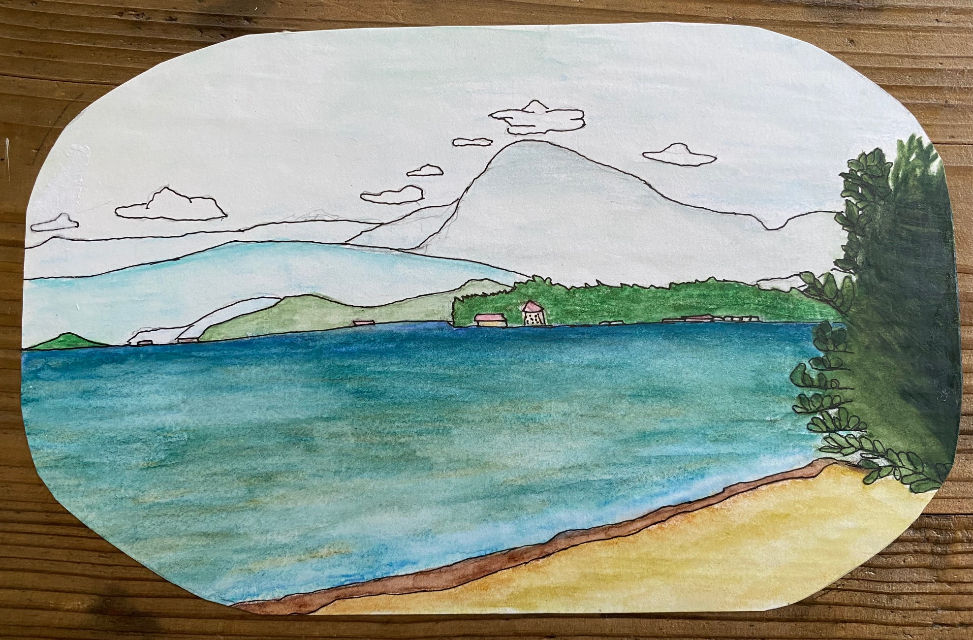EQUINOX – A Meditation on Balance
- Rebecca Otowa
- Sep 26, 2021
- 4 min read

The other evening I was out for a walk and noticed, walking west, that the sun was about to set. A few minutes later I watched as the last golden sliver disappeared behind the mountain. Then, on the way home, I was walking east toward a different range of mountains, and saw the first little silver sliver of the full moon peeping over the peak. It was an amazing experience to see sunset and moonrise within an hour of each other, on the same walk. The heavens were doing their dance, in the gathering darkness, unaffected by the cars going by on the highway with their headlights pointed toward home, dinner and family.
Of course, this kind of experience happens only very rarely. Mostly, one looks at the sky when the sun is a couple of hours from setting, or has just set; and equally, one only notices the moon when it has climbed high in the sky and is spreading its white rays in every direction, blotting out the stars. The two don’t seem to be related, yet of course they are; the moon constantly turns its bright face toward the sun, and in fact, the light we see and call “moonlight” is simply reflected from the sun. The sun leads, and the moon follows – and surely there is something that the sun follows too; is the sun also reflecting some unimaginable brightness far away? It is too big for our comprehension.
The Equinox, the point of the year when day and night are of equal length, happens twice, in spring and autumn. Yet it is still just a point. The balance doesn’t go on and on, it is eclipsed by other moments until it is lost in the past, and the next great cosmic event, be it an eclipse, solstice, meteor shower, or whatever, rises up to claim our attention. This year, the night of the full moon and the autumnal Equinox happened within a couple of days of each other. The balance point I saw while walking, the sunset in one direction and the moonrise in the other, echoed the balance point of day and night, the equinox.
What, then, is balance? Is it a moment that occurs between two periods of imbalance, ephemeral and fleeting? We often say we want to “achieve a balance” in our lives or work. There is too much of this and not enough of that. But if we were able to balance the various parts of our lives perfectly, that would just be one moment of existence, surrounded by acres of imbalance. Is it right to “strive for balance” and decide to throw away everything that is not balanced? What of all the imbalance, is that just trash? Is all imbalance a journey toward balance, or does it have some intrinsic value besides its function as the state preceding balance?
A tightrope walker balances on a rope high above the watching crowd. Yet to the tightrope walker himself, I imagine the walk across the rope is a series of imbalances, constantly adjusted, and the moments of perfect balance, seen as a portion of the entire walk, are quite few. The process is mostly imbalance, with just a bit of balance that takes over the whole experience and we say, “How perfectly he was balanced!” This could be said of figure skaters, ballet dancers, sportsmen, anyone who “strives for balance” as part of what they do. In reality, actual moments of balance are fleeting.
The same is true of the Equinox. It’s magical, for sure – we can measure the exact moment when the day and night are “the same length” according to our systems of measurement. Yet what happens next? Life goes on, that’s what. The moment of balance has been achieved, but there is work to be done, dinner to be cooked and eaten. The sunset and moonrise were magical, but now it’s time to go home. The balance moment has its own beauty, but so does the entire river of life, with all its little imbalances and adjustments.
John Keats wrote of autumn, “Where are the songs of Spring? Ay, where are they? / Think not of them, thou has thy music too.” That moment – the sunset and moonrise, the still point of balance between two stretches of time, the perfection – it has its own music. But the rest of life has its music too. Beauty exists, and can be appreciated – but not forever. Other things intrude, and that is as it should be. Balance exists, and its perfection can be appreciated, until one has to lower the other foot to the floor and continue the dance, moving to the next step, and the next, and the next…
In the case of the autumnal Equinox, which we in the Northern Hemisphere have just experienced, the Ferris Wheel of the seasons, which has been trending downward since the Summer Solstice back in June, is really going toward the dark now. After the Equinox, the days will get shorter, mornings and evenings will get darker, the temperature will drop. The Equinox is just a little notch in the Arrow of Time after all. The idea that it is a “still point” is a romantic illusion. It never stops, even for one moment. We choose that moment to pay attention, and that is why it seems to pause, to hold the balance. We want perfection, though we (and nature) will never achieve it. The next moment, and the next, wait hungrily in the wings.
So ride it, surf it, glide in it, swim in it. The river of Time. Take pleasure in these little illusory moments of balance, but always be ready for the next big wave.
The photo of the full moon illustrating this blog was taken by our mayor, Horie-san.



Comments